In 2022, it’s all about community
In the Before Times, the job of modernizing newsrooms rested on a handful of change agents. We often worked on the “digital” side, maybe even had a word like “innovation” or “strategy” in our titles. Our job was to look around corners and try to coax colleagues to embrace the future.
The silver lining of Covid-19: Everyone’s a change agent now, whether they like it or not. The life-and-death nature of coverage pushed us toward being in service to audiences.
Overnight, Zoom and videoconferencing flattened entrenched hierarchies. The death of George Floyd and resulting protests held a mirror up to systemic racism and the whiteness of our workplaces. We launched race teams and put people in charge of diversity. Remote work forced flexible policies, conversations on burnout, and a new understanding of why process and communication are paramount to pretty much everything.
The disruption we’ve experienced, though, is really just the beginning. As we head into the third year of a pandemic, it feels exhausting to say that there are miles to go. But it’s true.
Below are seven elements of pandemic journalism that will outlast the pandemic. May these community-centered strategies buoy us into 2022 and beyond:
Information alone is not power. We must focus more on the delivery and distribution of services.
Over the last few years, newsrooms experimented with innovation in various formats on how to deliver the news and the results often have been digitally native, visually arresting stories we can swipe or tap through.
What if the answer is actually to simplify? To make things less news, more info?
TBN24, a Bangladeshi livestream and news channel, launched two hotlines to answer questions about navigating the pandemic. Anchor Habib Rahman has accompanied viewers to government offices to check on unemployment checks, and TBN booked a funeral director as a guest at the peak of the pandemic to help families plan memorials for loved ones.
As for my own outlet: Epicenter, a Queens, NY-based newsletter started during the pandemic, booked restaurant workers for vaccines when we discovered many had bosses who couldn’t or wouldn’t write them letters of employment. So we set up a Google Drive with templates of letters they could download and customize. We also translated flyers in different languages and encouraged our neighbors to put them up in break rooms and at church.
We heard from neighbors who lacked proof of residency in New York because they were living with family members and might not have utility bills in their name. We also gave them options to prove they are, well, humans living in America.
The reaction of the journalist is often to write a story about conflict or a lack of access. In these examples, we are trying to solve problems, to create and provide information in a format that is actually helpful to the end user and still holds those in power to account.
Change how we approach stories.
As a reporter on the scene, my instinct is to ask “what happened?” For the last few months, I’ve had to retrain myself and our reporters. Some alternatives:
“How can we help?”
“What do you want people to know?”
“Is there something you need?”
“What’s the best way for us to get you this information?”
“We are not [insert doctors, accountants, lawyers, architects]. Would you like us to connect you to someone who can help?”
Sometimes, inspired by the mutual-aid model of journalism chronicled by Darryl Holliday of City Bureau in Chicago, the answer is to simply be in solidarity with other community members. “These newsrooms will redistribute journalism skills away from selective and expensive higher-education programs and to the public. They will collaborate with nontraditional news sources to reduce a scarcity of resources exacerbated by competition,” he writes. “Our network isn’t limited to traditional journalists; it includes organizers, artists, teachers, librarians, students, parents, and many others.”
Question the need for speed.
The other benefit of shifting our questions is that it forces us to ask, with greater focus, why we’re doing whatever we are doing. My three guiding questions for stories:
What’s the story?
Who’s it for?
How will we find them?
There’s been a notable exodus of talented folks from our newsrooms because of burnout. As an industry, we are at a crossroads on how we handle this. We can say it’s understandable that they stepped away, tweet our heartfelt goodbyes—and resume the maddening, relentless work that pushed them out. Or, perhaps, we should address or explore if there are better ways to run news coverage and manage our people.
I don’t think I would have typed these words pre-pandemic. I love breaking news and have spent much of my career innovating around its delivery. I get a rush from news events and love the feeling of directing the twists, turns, and analysis of a story.
But journalists are not the only ones burnt out. Audiences are, too. Every day I talk to neighbors who report tuning in less, caring less, feeling hardened to developments.
This is dangerous. We must evaluate our news value, delivery, even speed in some pretty fundamental ways. What is the thing we want audiences to know, feel, understand—and act upon? If we do not have an answer to that question, perhaps more time and reporting would help all parties involved in the creation and consumption of journalism.
We can’t go it alone. Networks are here to stay.
We soft-launched URL Media in January 2020 as a network of news outlets to share content and advertising. We’ve learned the value and power of a collective versus our often-tiny operations going it alone on the internet.
Of late, the drumbeat of more consortiums launching is steady; many of us are even in overlapping networks devoted to people of color, regions of the country, ethnic or racial identities.
This is a good thing and solves for the problem of sameness on the internet, admittedly more pervasive in mainstream and national media as we once rushed to match stories on what’s trending. Now, I sit on a few Slack groups of networks where an audience manager or editorial director might ask, “What do you have on the abortion ruling?” or “Any plans for Juneteenth?”
It is not a coincidence that the rise of networks comes as traffic from social media and links to news stories on Facebook have fallen. We are leveraging the power of each other’s audiences versus being beholden to algorithms, the moods and mistrust of platforms.
Convening matters more than content. It also breeds trust.
We think people subscribe for the words we write. We are wrong.
Especially during a pandemic, the need for human connectivity triumphs. Media, especially outlets rooted in geography or identity, have an opportunity to be the glue in their communities. By doing so, we also enable solutions to be found in the literal crowd and for our audiences to connect through common interests and purpose.
Local news is limiting; community journalism is expansive.
There’s been a lot of talk of “saving local news” this year. Indeed, I have been on a few of those panels myself. My concern is both with the idea of “saving” and also with the limiting nature of “local news.” Some of it is economics; anyone tasked with digital strategy over the last decade is familiar with the demand to scale. And yet recent shifts, especially among advertisers, reward loyalty and the propensity of a customer to act. To me, our definition of “local” is at odds with the expansive definition of “community.” Industries besides journalism are responding to the trend. For a recent column, I interviewed Jennifer Gomez, co-founder and chief marketing officer of oneKIN, an online marketplace for retailers and entrepreneurs of color. She told me consumers define “local” differently than before, with a focus now on size and intimacy over location. Example: A friend of mine wants to only buy Christmas gifts from Black-owned small businesses; she’s happy to criss-cross the country (and internet) to find them.
Our coverage of policy and politicians must shift.
After this past election, I think the mainstream media are catching up to the reality of there being no reality on the proverbial “other side.” In fact, the distance we keep from politicians (artificially) and stories (objectivity) is truly dangerous and deadly. What do I mean by this? National media covered the threat of “critical race theory” quite literally, doing explainer pieces and then scouring syllabi to say it doesn’t exist. We are trying to reason with political bogeymen and figments of an imagination, versus looking deeper to understand what is actually propelling voters.
Imagine the plight of the Black or Brown mother sending her kids to school in a district that just voted in anti-CRT elected officials. You think she or her family feels safe right now as hate speech and bullying related to identity is on the rise in schools? Our duty as journalists, though, is not to capture “the other side” of this. It is to keep her safe. Until we value her lives and her children’s lives and their right to attend school safely, there can be no trust in the media.
We must cover the news, including the midterms, from this basic lens: not to humanize public policy, but to ensure public policy treats people as humans to begin with.
If that feels backward, welcome to 2022. You were warned.
S. Mitra Kalita is co-founder and CEO of URL Media and co-founder and publisher of Epicenter NYC.

In the Before Times, the job of modernizing newsrooms rested on a handful of change agents. We often worked on the “digital” side, maybe even had a word like “innovation” or “strategy” in our titles. Our job was to look around corners and try to coax colleagues to embrace the future.
The silver lining of Covid-19: Everyone’s a change agent now, whether they like it or not. The life-and-death nature of coverage pushed us toward being in service to audiences.
Overnight, Zoom and videoconferencing flattened entrenched hierarchies. The death of George Floyd and resulting protests held a mirror up to systemic racism and the whiteness of our workplaces. We launched race teams and put people in charge of diversity. Remote work forced flexible policies, conversations on burnout, and a new understanding of why process and communication are paramount to pretty much everything.
The disruption we’ve experienced, though, is really just the beginning. As we head into the third year of a pandemic, it feels exhausting to say that there are miles to go. But it’s true.
Below are seven elements of pandemic journalism that will outlast the pandemic. May these community-centered strategies buoy us into 2022 and beyond:
Information alone is not power. We must focus more on the delivery and distribution of services.
Over the last few years, newsrooms experimented with innovation in various formats on how to deliver the news and the results often have been digitally native, visually arresting stories we can swipe or tap through.
What if the answer is actually to simplify? To make things less news, more info?
TBN24, a Bangladeshi livestream and news channel, launched two hotlines to answer questions about navigating the pandemic. Anchor Habib Rahman has accompanied viewers to government offices to check on unemployment checks, and TBN booked a funeral director as a guest at the peak of the pandemic to help families plan memorials for loved ones.
As for my own outlet: Epicenter, a Queens, NY-based newsletter started during the pandemic, booked restaurant workers for vaccines when we discovered many had bosses who couldn’t or wouldn’t write them letters of employment. So we set up a Google Drive with templates of letters they could download and customize. We also translated flyers in different languages and encouraged our neighbors to put them up in break rooms and at church.
We heard from neighbors who lacked proof of residency in New York because they were living with family members and might not have utility bills in their name. We also gave them options to prove they are, well, humans living in America.
The reaction of the journalist is often to write a story about conflict or a lack of access. In these examples, we are trying to solve problems, to create and provide information in a format that is actually helpful to the end user and still holds those in power to account.
Change how we approach stories.
As a reporter on the scene, my instinct is to ask “what happened?” For the last few months, I’ve had to retrain myself and our reporters. Some alternatives:
“How can we help?”
“What do you want people to know?”
“Is there something you need?”
“What’s the best way for us to get you this information?”
“We are not [insert doctors, accountants, lawyers, architects]. Would you like us to connect you to someone who can help?”
Sometimes, inspired by the mutual-aid model of journalism chronicled by Darryl Holliday of City Bureau in Chicago, the answer is to simply be in solidarity with other community members. “These newsrooms will redistribute journalism skills away from selective and expensive higher-education programs and to the public. They will collaborate with nontraditional news sources to reduce a scarcity of resources exacerbated by competition,” he writes. “Our network isn’t limited to traditional journalists; it includes organizers, artists, teachers, librarians, students, parents, and many others.”
Question the need for speed.
The other benefit of shifting our questions is that it forces us to ask, with greater focus, why we’re doing whatever we are doing. My three guiding questions for stories:
What’s the story?
Who’s it for?
How will we find them?
There’s been a notable exodus of talented folks from our newsrooms because of burnout. As an industry, we are at a crossroads on how we handle this. We can say it’s understandable that they stepped away, tweet our heartfelt goodbyes—and resume the maddening, relentless work that pushed them out. Or, perhaps, we should address or explore if there are better ways to run news coverage and manage our people.
I don’t think I would have typed these words pre-pandemic. I love breaking news and have spent much of my career innovating around its delivery. I get a rush from news events and love the feeling of directing the twists, turns, and analysis of a story.
But journalists are not the only ones burnt out. Audiences are, too. Every day I talk to neighbors who report tuning in less, caring less, feeling hardened to developments.
This is dangerous. We must evaluate our news value, delivery, even speed in some pretty fundamental ways. What is the thing we want audiences to know, feel, understand—and act upon? If we do not have an answer to that question, perhaps more time and reporting would help all parties involved in the creation and consumption of journalism.
We can’t go it alone. Networks are here to stay.
We soft-launched URL Media in January 2020 as a network of news outlets to share content and advertising. We’ve learned the value and power of a collective versus our often-tiny operations going it alone on the internet.
Of late, the drumbeat of more consortiums launching is steady; many of us are even in overlapping networks devoted to people of color, regions of the country, ethnic or racial identities.
This is a good thing and solves for the problem of sameness on the internet, admittedly more pervasive in mainstream and national media as we once rushed to match stories on what’s trending. Now, I sit on a few Slack groups of networks where an audience manager or editorial director might ask, “What do you have on the abortion ruling?” or “Any plans for Juneteenth?”
It is not a coincidence that the rise of networks comes as traffic from social media and links to news stories on Facebook have fallen. We are leveraging the power of each other’s audiences versus being beholden to algorithms, the moods and mistrust of platforms.
Convening matters more than content. It also breeds trust.
We think people subscribe for the words we write. We are wrong.
Especially during a pandemic, the need for human connectivity triumphs. Media, especially outlets rooted in geography or identity, have an opportunity to be the glue in their communities. By doing so, we also enable solutions to be found in the literal crowd and for our audiences to connect through common interests and purpose.
Local news is limiting; community journalism is expansive.
There’s been a lot of talk of “saving local news” this year. Indeed, I have been on a few of those panels myself. My concern is both with the idea of “saving” and also with the limiting nature of “local news.” Some of it is economics; anyone tasked with digital strategy over the last decade is familiar with the demand to scale. And yet recent shifts, especially among advertisers, reward loyalty and the propensity of a customer to act. To me, our definition of “local” is at odds with the expansive definition of “community.” Industries besides journalism are responding to the trend. For a recent column, I interviewed Jennifer Gomez, co-founder and chief marketing officer of oneKIN, an online marketplace for retailers and entrepreneurs of color. She told me consumers define “local” differently than before, with a focus now on size and intimacy over location. Example: A friend of mine wants to only buy Christmas gifts from Black-owned small businesses; she’s happy to criss-cross the country (and internet) to find them.
Our coverage of policy and politicians must shift.
After this past election, I think the mainstream media are catching up to the reality of there being no reality on the proverbial “other side.” In fact, the distance we keep from politicians (artificially) and stories (objectivity) is truly dangerous and deadly. What do I mean by this? National media covered the threat of “critical race theory” quite literally, doing explainer pieces and then scouring syllabi to say it doesn’t exist. We are trying to reason with political bogeymen and figments of an imagination, versus looking deeper to understand what is actually propelling voters.
Imagine the plight of the Black or Brown mother sending her kids to school in a district that just voted in anti-CRT elected officials. You think she or her family feels safe right now as hate speech and bullying related to identity is on the rise in schools? Our duty as journalists, though, is not to capture “the other side” of this. It is to keep her safe. Until we value her lives and her children’s lives and their right to attend school safely, there can be no trust in the media.
We must cover the news, including the midterms, from this basic lens: not to humanize public policy, but to ensure public policy treats people as humans to begin with.
If that feels backward, welcome to 2022. You were warned.
S. Mitra Kalita is co-founder and CEO of URL Media and co-founder and publisher of Epicenter NYC.
Whitney Phillips

Catalina Albeanu

Jonas Kaiser

Andrew Freedman

Julia Munslow

Jody Brannon

Janelle Salanga

Daniel Eilemberg

Joni Deutsch

Kristen Jeffers
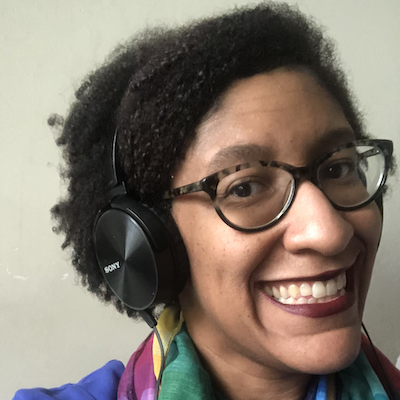
Megan McCarthy

Sam Guzik

Natalia Viana

Paul Cheung

Jennifer Coogan

Joy Mayer

Matt Karolian

Matthew Pressman

Joshua P. Darr

Errin Haines

Joe Amditis

James Green

Kristen Muller

Richard Tofel

Tamar Charney

Jessica Clark

Gabe Schneider

Shannon McGregor Carolyn Schmitt

Jim Friedlich

Don Day

Moreno Cruz Osório

Ariel Zirulnick

Gonzalo del Peon

Shalabh Upadhyay

Mary Walter-Brown

Zizi Papacharissi

Alice Antheaume

Victor Pickard

Christoph Mergerson
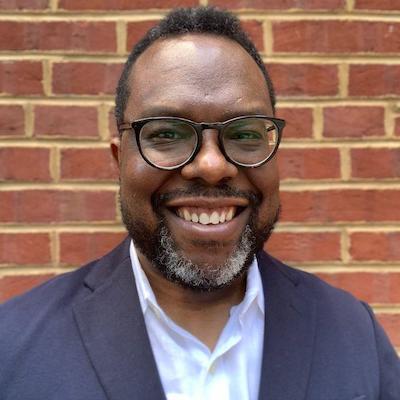
Mike Rispoli

A.J. Bauer

Joanne McNeil

Stephen Fowler

Raney Aronson-Rath

Christina Shih

Anika Anand

Stefanie Murray

Jennifer Brandel

Parker Molloy

Michael W. Wagner

Amy Schmitz Weiss

Eric Nuzum

Amara Aguilar

Rasmus Kleis Nielsen

Brian Moritz

Ståle Grut

Cristina Tardáguila

Juleyka Lantigua

Julia Angwin

Izabella Kaminska

Matt DeRienzo

Sarah Stonbely

Simon Allison

AX Mina

Melody Kramer

Rachel Glickhouse

David Cohn

John Davidow

David Skok

Nikki Usher

Mandy Jenkins

Mario García
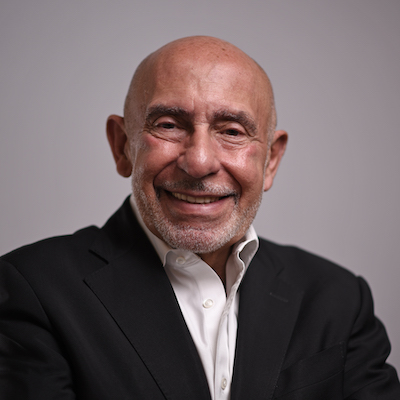
Simon Galperin

Kerri Hoffman
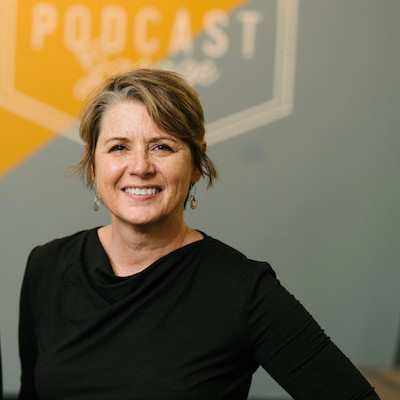
Robert Hernandez
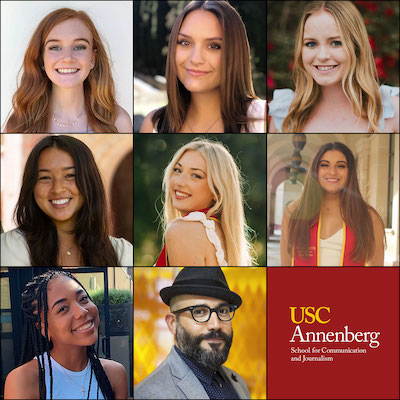
Anita Varma

Doris Truong

Jesse Holcomb

Cherian George
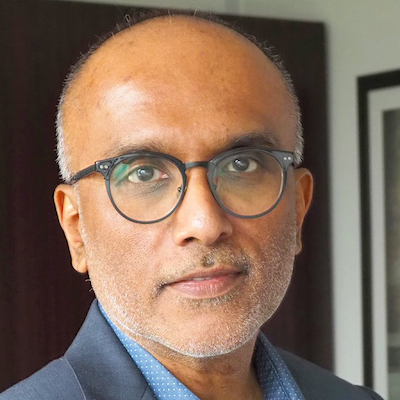
Anthony Nadler

Gordon Crovitz

Jesenia De Moya Correa
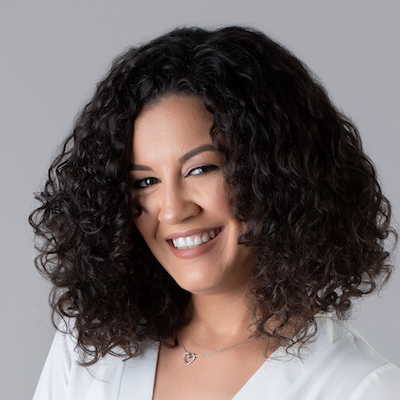
Francesco Zaffarano

Kendra Pierre-Louis

Cindy Royal

j. Siguru Wahutu

Tony Baranowski

Millie Tran

Candace Amos
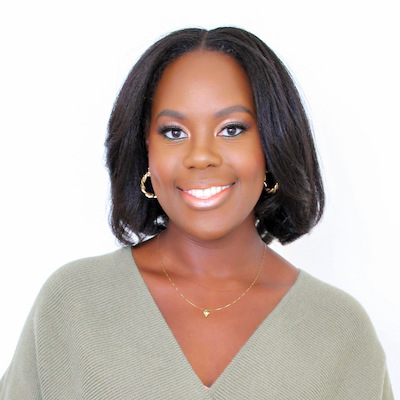
Burt Herman

Tom Trewinnard

Larry Ryckman

Meena Thiruvengadam
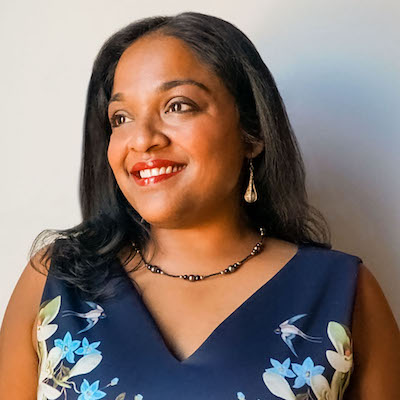
Chicas Poderosas

S. Mitra Kalita

Chase Davis

Laxmi Parthasarathy

Wilson Liévano
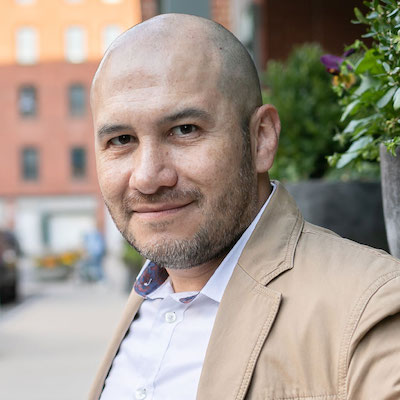
Kathleen Searles Rebekah Trumble

Sarah Marshall
